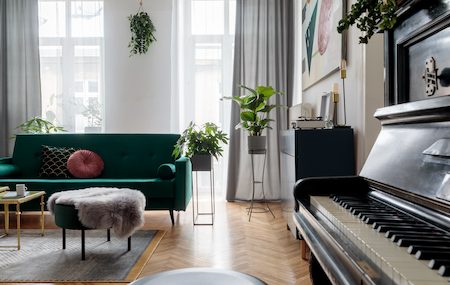When we buy many things for our home, we tend to use a checklist to settle on the best choice.
When you buy a piano, you need a different approach.
Here’s why.
Let’s say you’re in the market for a new dishwasher. Before you head to the store, you do a little research and define what’s best to suit your needs:
- You measure your space
- You find a quality brand with a good service record
- You define what features you want your dishwasher to have
- You select a color to match your decor
You don’t “fall in love” with a dishwasher. Instead, you find one that best suits your needs. It’s a workhorse inside your home, one you rely on every day.
But a piano is different. If you take the same course of action when buying a piano, you’ll wind up purchasing a piano that doesn’t suit your tastes.
Some people approach piano buying as a task-based exercise:
- Measure the space
- Set a budget
- Select a color
- Focus on price
But focusing on the specifications and not on the way the piano sounds can lead to buyer’s remorse.
Pianos are a personal taste. They each produce sounds in a different way. And it’s that sound that makes you fall in love with making music.
When you sit down to play, you experience the joy of creating a unique blend of sounds that all come together to create a song.
If it’s out of tune, for example, hitting specific notes will make you cringe. It will make you pull back, not wanting to experience that again. And that might end your desire to play.
If you’re in the market to buy a piano, why not ensure it’s the best instrument for you? Don’t buy the first one you see. Spend time with the instrument, and make sure the piano you select is ultimately the best one for you.


